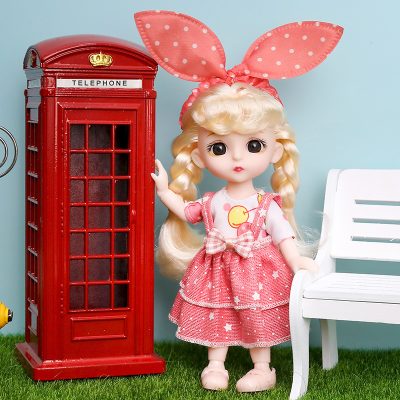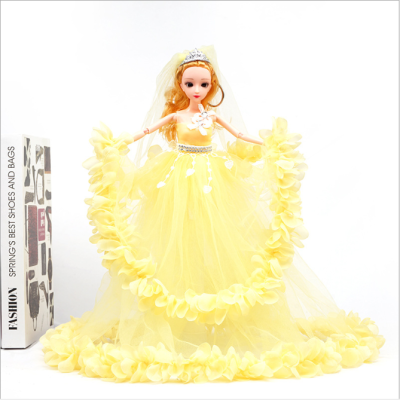Barbie has had a significant and enduring influence on the toy industry, setting trends and shaping the way toys are marketed and designed. Here are some key ways in which Barbie has influenced the toy industry:
- Fashion Doll Concept: Barbie revolutionized the toy industry by introducing the concept of a fashion doll. Prior to Barbie’s debut in 1959, dolls were typically baby dolls or representations of adults. Barbie, with her adult-like proportions and extensive wardrobe, introduced a new category of dolls that encouraged imaginative play in a more grown-up context.
- Interchangeable Wardrobe: Barbie’s extensive collection of outfits and accessories set a trend for toys with interchangeable parts and accessories. This not only increased play value but also led to the creation of additional revenue streams for toy manufacturers through the sale of clothing and accessories.
- Licensing and Tie-Ins: Barbie was among the first toys to be extensively marketed through licensing and tie-ins with various media properties, including movies, television shows, books, and even video games. This trend of cross-promotion has since become a common strategy in the toy industry.
- Collector’s Market: Barbie’s appeal to collectors has been a significant trend in the toy industry. Many adults collect vintage Barbie dolls and accessories, and limited-edition releases continue to attract collectors. This collector’s market has driven demand and interest in Barbie products.
- Diverse Representation: Barbie has evolved to include dolls with different body types, skin tones, and hairstyles, reflecting a growing trend toward diversity and inclusivity in the toy industry. This shift has influenced other toy manufacturers to follow suit and create more diverse toy lines.
- Role Play and Career Themes: Barbie has been portrayed in various careers and roles, encouraging role play and sparking interest in diverse professions among children. This trend has led to the creation of other career-focused and educational toys for children.
- Customization and Personalization: Barbie has often been marketed as a doll that can be customized to fit a child’s preferences and aspirations. This trend has extended to other customizable and personalized toys in the industry.
- Digital Integration: Barbie has adapted to the digital age with the introduction of Barbie-themed video games, websites, and apps. This integration of digital technology with traditional play has influenced other toy manufacturers to do the same.
- Brand Collaborations: Barbie has collaborated with various fashion designers, celebrities, and brands, creating limited-edition dolls and fashion lines. These collaborations have blurred the lines between toys and high fashion and contributed to the merging of the toy and fashion industries.
- Innovation in Packaging and Marketing: Barbie has been at the forefront of innovative packaging and marketing techniques. The doll’s packaging often includes vibrant graphics and detailed descriptions, contributing to the overall appeal of the product.
In summary, Barbie’s influence on the toy industry is vast and far-reaching. Her impact includes the creation of new toy categories, changes in marketing strategies, an emphasis on diversity and customization, and the development of a strong collector’s market. Barbie continues to evolve and adapt to changing trends, maintaining her position as a key influencer in the world of toys.



















